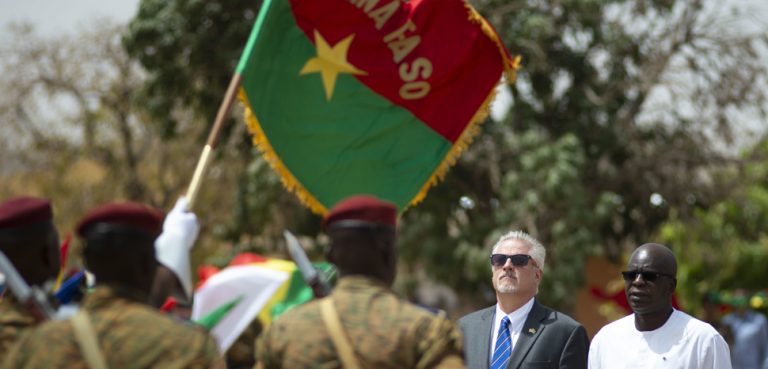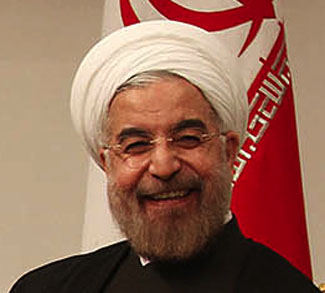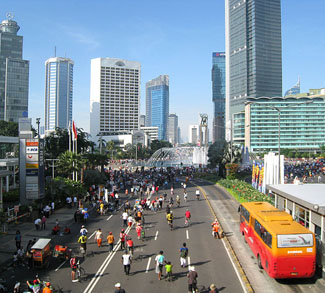Summary
Zambia has gained the unfortunate distinction of becoming the first sovereign to default in the post COVID-19 era. On Friday, the government missed payment on a $42.5 million coupon following a 30-day grace period.
With the IMF firmly on the sidelines, debt restructuring talks seem inevitable, and the process will be complicated by the country’s diverse slew of creditors. But Zambia’s high debt load and disparate creditors are hardly exceptional in the developing world, and the way in which private and public stakeholders approach this restructuring process may well hold clues for how future defaults will be handled.
Background
Zambia’s fiscal stresses predate the COVID-19 pandemic. The country has long since been flagged as a default risk by the IMF owing to rapid debt accumulation and high deficit spending over the past few years (Zambia went into 2020 running an 8.2% deficit).
In 2014, Zambia’s debt stood at $4.8 billion, or 18% of gross domestic product. Five years later national debt had ballooned to $11.2 billion (48% of GDP). COVID-19 compounded these vulnerabilities by increasing the government’s health spending bill and devaluing the copper exports that the Zambian economy depends on for foreign exchange.
The IMF projects that Zambia’s external debt will reach 70% by year’s end – considerably higher than it could be expected to pay under present economic circumstances.
While Zambia has been in a state of technical default since it first missed a payment in late October, hope remained that a last-minute deal could be reached in the lead-up to Friday’s deadline. However, a group of creditors calling themselves the Zambia External Bondholder Committee, whom together control over 40% of the country’s foreign exchange-delineated bonds, rejected Lusaka’s request for another extension, paving the way for restructuring talks.
An easy answer to Zambia’s debt trap remains elusive for several reasons: 1) the number of creditors that must be negotiated with; 2) the lack of any convincing plan from the government to reverse the country’s economic fortunes; and 3) the lack of transparency surrounding Zambia’s loan deals with China (this was cited by the Zambia External Bondholder Committee as a central reason for rejecting another debt deferral).
The various interests involved, spanning governments and the private and public sectors, is reflected in the composition of Zambia’s external debt: approx. $3 billion in Eurobonds, $3.5 billion in bilateral debt, $2.1 billion in multilateral debt, and $2.9 billion from other commercial lenders. Broadly they can be further broken down into private bondholders, the Chinese government and Chinese state-owned entities, and Paris Club/G20 lenders.
An IMF bailout remains unlikely due to the country’s double-digit fiscal deficit and the Fund’s demands for greater debt transparency regarding Chinese lending, demands that continue to fall on deaf ears in Beijing.
Impact
Zambia’s debt crisis finally came to a head due to COVID-19, but the warning signs have been there for a while. Indeed, the IMF has been sounding the alarm about unsustainable debt accumulation in the world’s least developed countries (LDCs) for several years now.
It follows that Zambia won’t be the last LDC to default amid the economic reckoning of COVID-19. However, the Zambia case could end up being particularly consequential as it may be used as a template for future cases.
The central issue is: Who gets paid? Such questions used to be relatively straightforward back in the days when bilateral and multilateral lenders dominated development assistance. Back then, a mechanism like the G20 Debt Service Suspension Mechanism (DSSI), introduced amid the pandemic to ease the burden of debtors reeling from COVID-19, would have been enough to mitigate the threat of cascading defaults. But now not only are there private lenders like global hedge funds in the mix, but also bilateral and multilateral ones, along with state-owned entities, many of which fall outside the purview of conventional Bretton Woods approaches.
This new landscape complicates the debt renegotiation process, because, for example, one hedge fund in Shanghai is unwilling to accept a haircut so that another hedge fund in New York City gets a better deal. Then there’s the IMF, a state- (public-) funded entity that is supposed to be stabilizing the global monetary and financial system, but in effect runs the risk of bailing out irresponsible investment decisions, whether by private bondholders who invested in high-interest Zambian debt or the China’s Exim Bank, which helped finance ill-advised or untimely infrastructure megaprojects. Such concerns surrounding IMF bailouts have been building, most recently evident in US government pressure for the Fund to not bail out Pakistan due to its China-sourced debt (pressure that fell short of blocking the eventual bailout in 2019).
The question of how to bring all of these diverse interests on board with an overall goal of stabilizing debt-distressed countries will loom large over Zambia and future defaults. The short-term fix is ad-hoc and voluntary cooperation, such as the decision by China’s Exim Bank to align with the DSSI and suspend Zambia’s 2020 interest payments (it had formerly been demanding arrears on the basis of it being considered a commercial lender). But a new institutional approach will be needed – one that reflects contemporary realities of state power and global finance – if such defaults are to be streamlined and distressed economies stabilized in the future.




